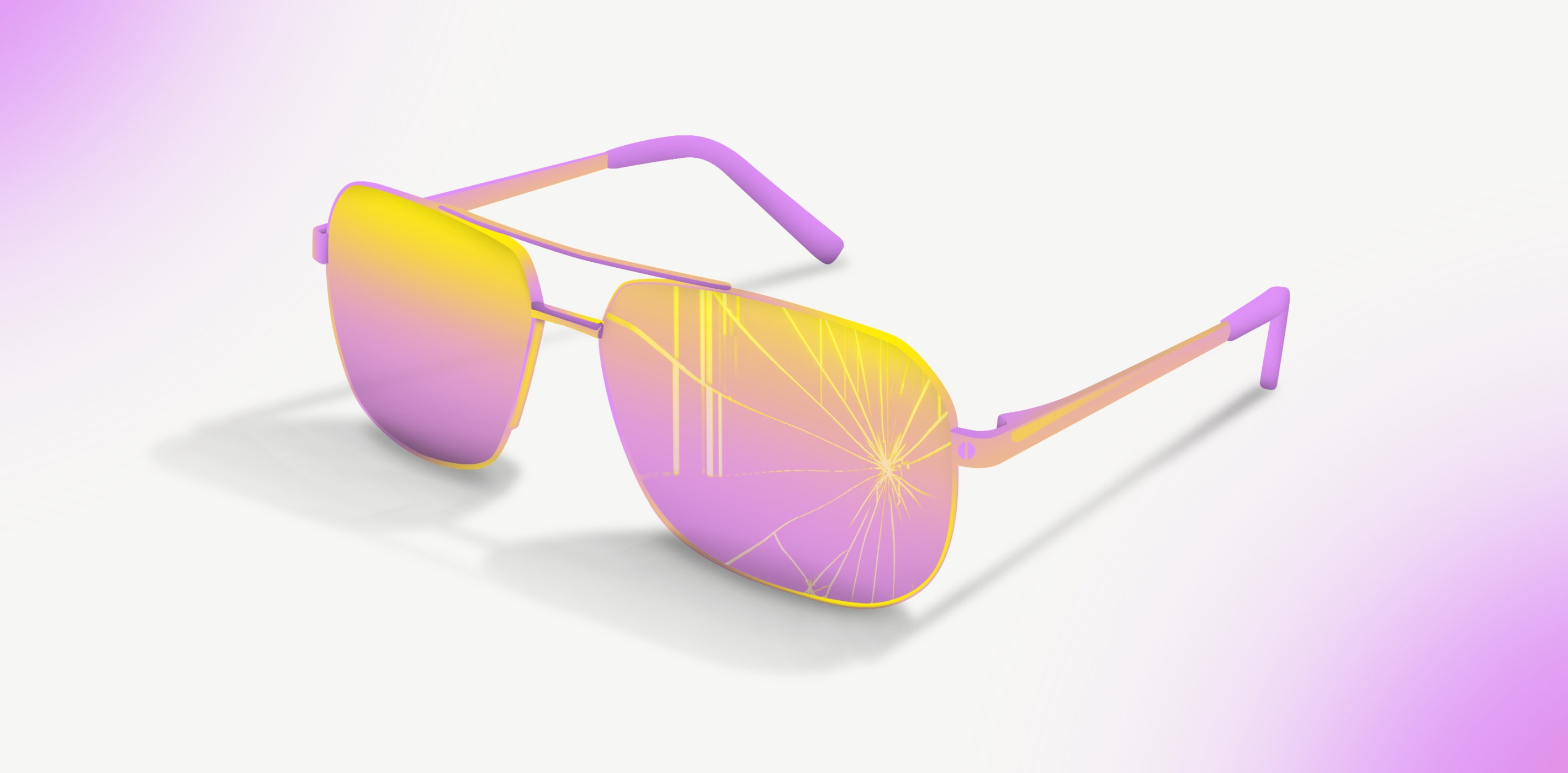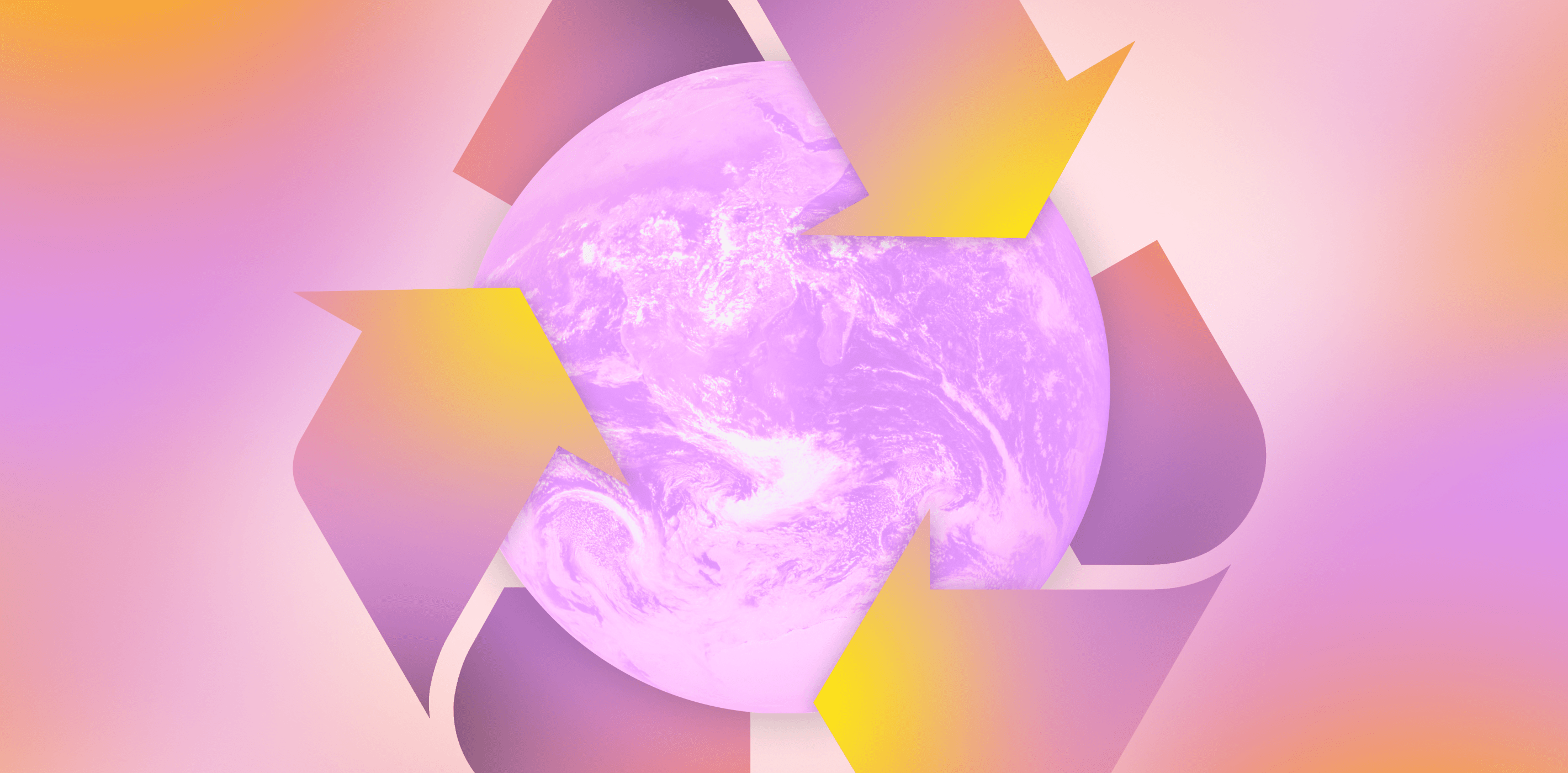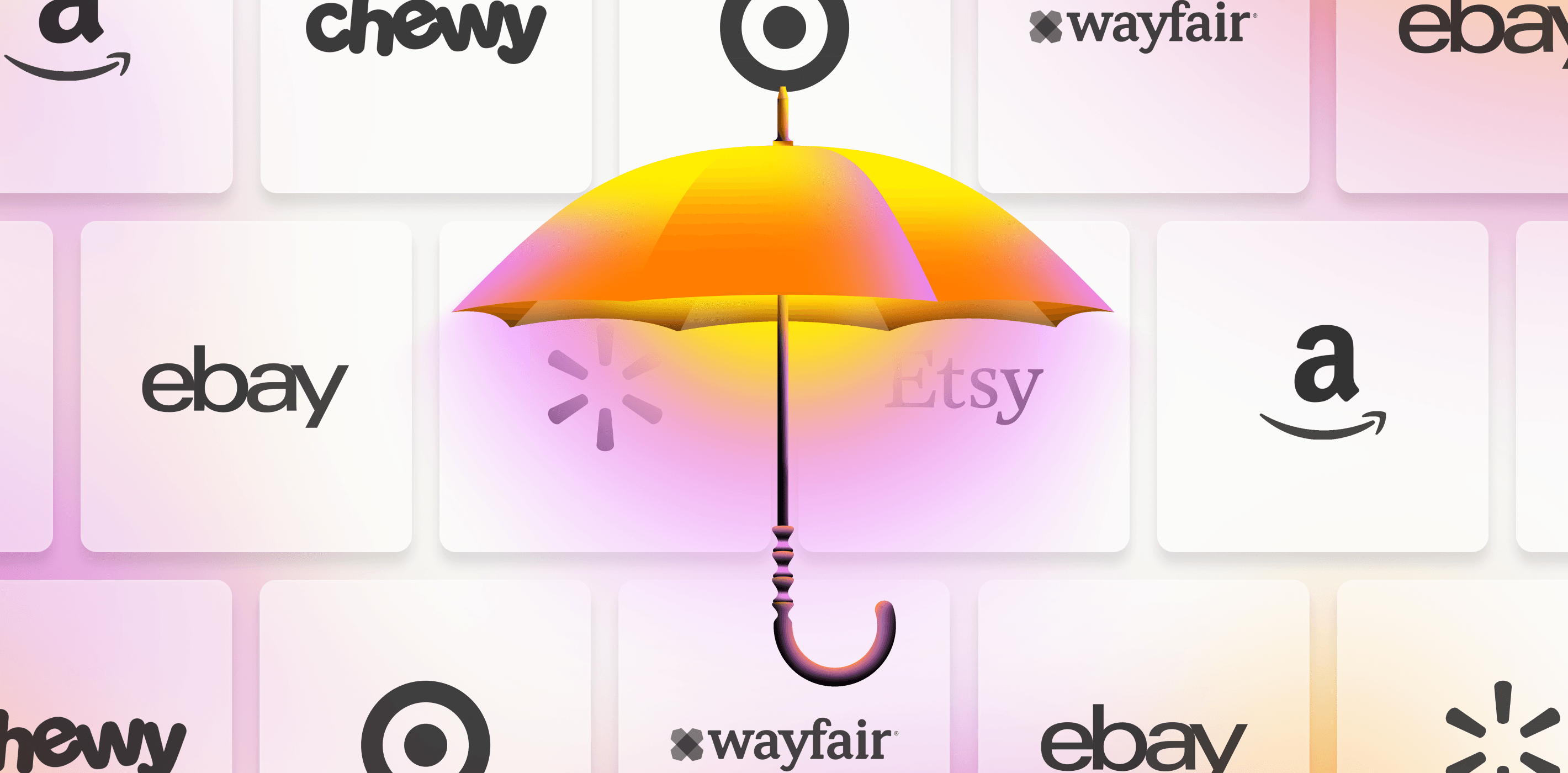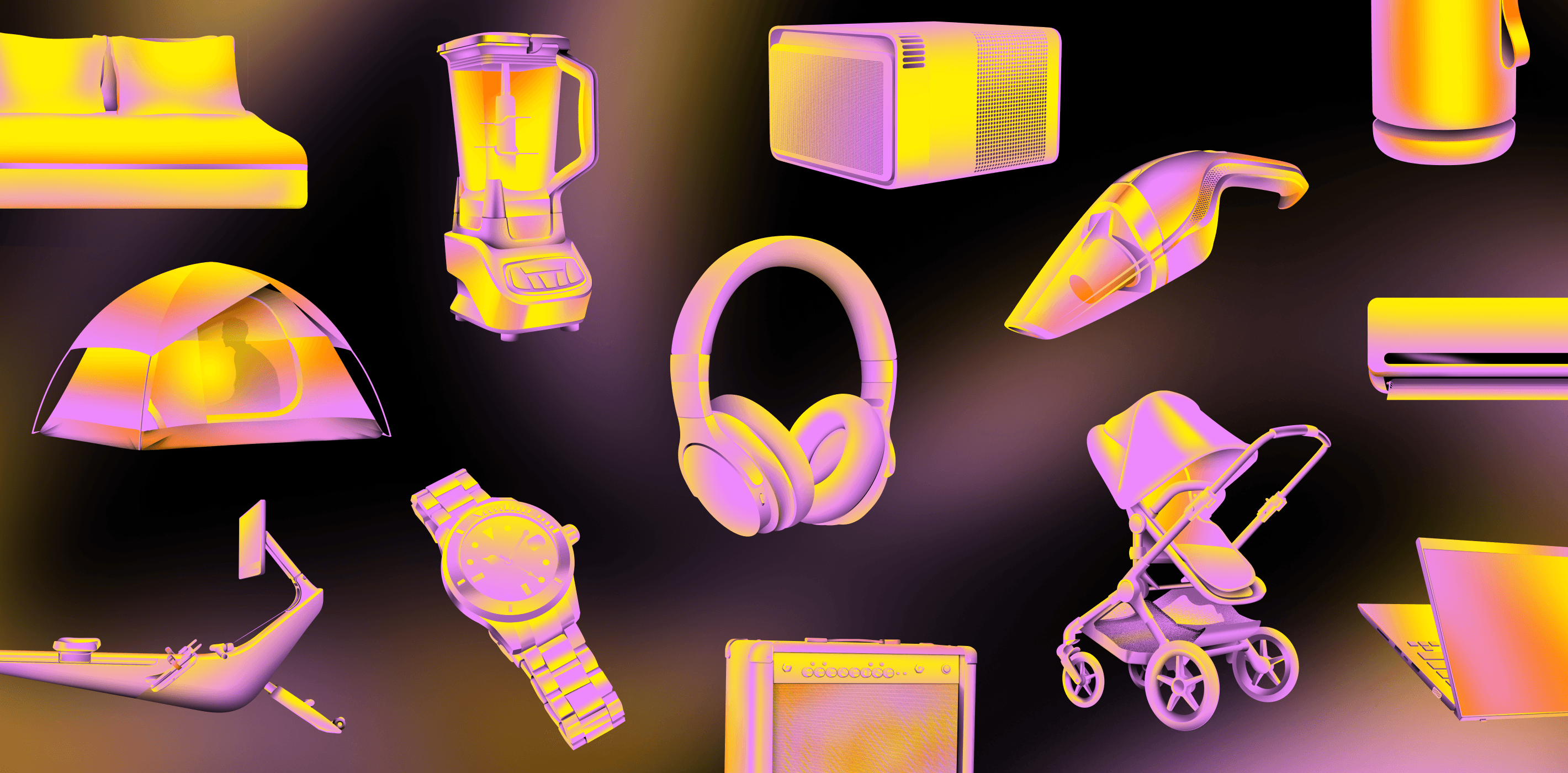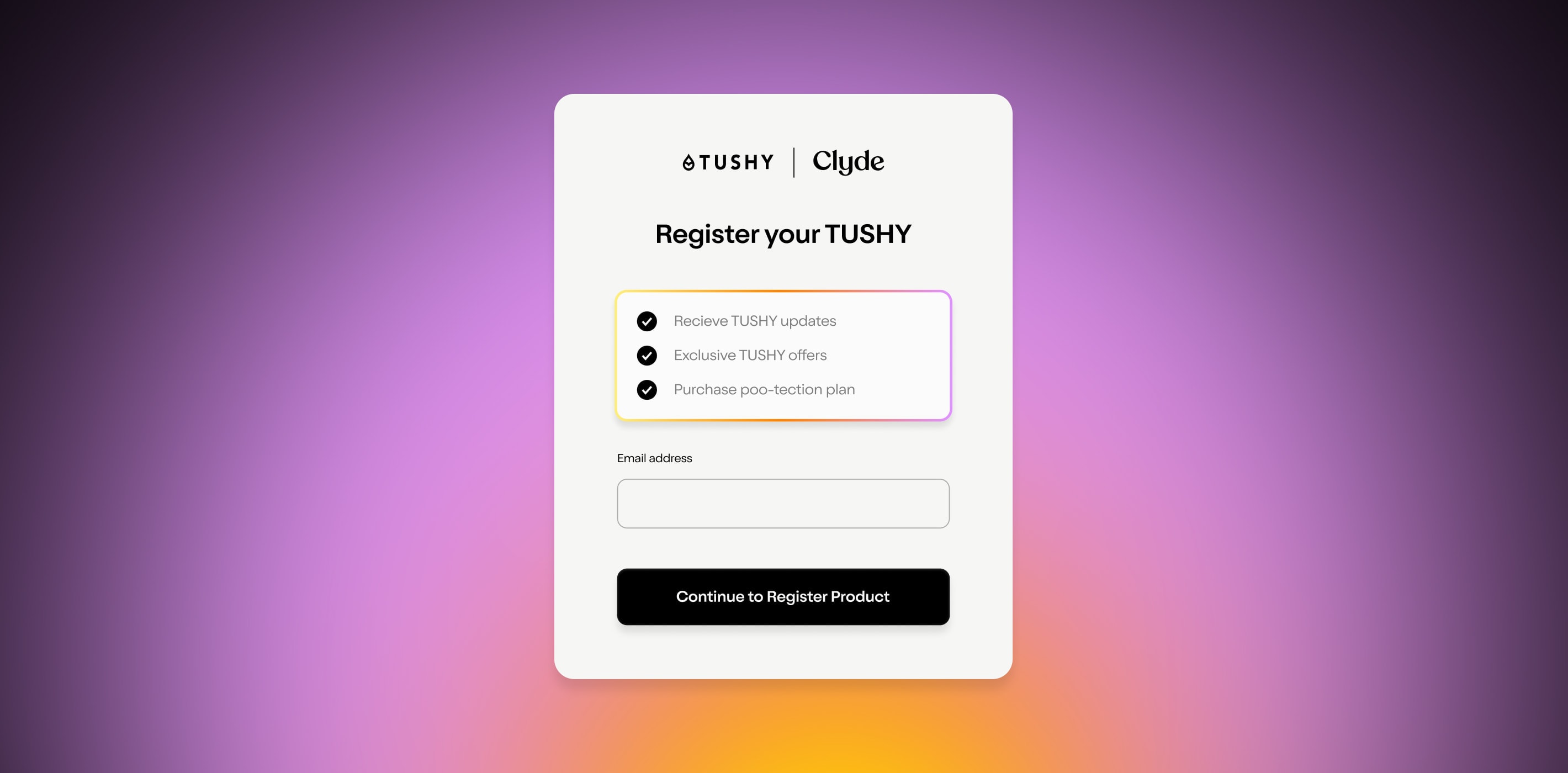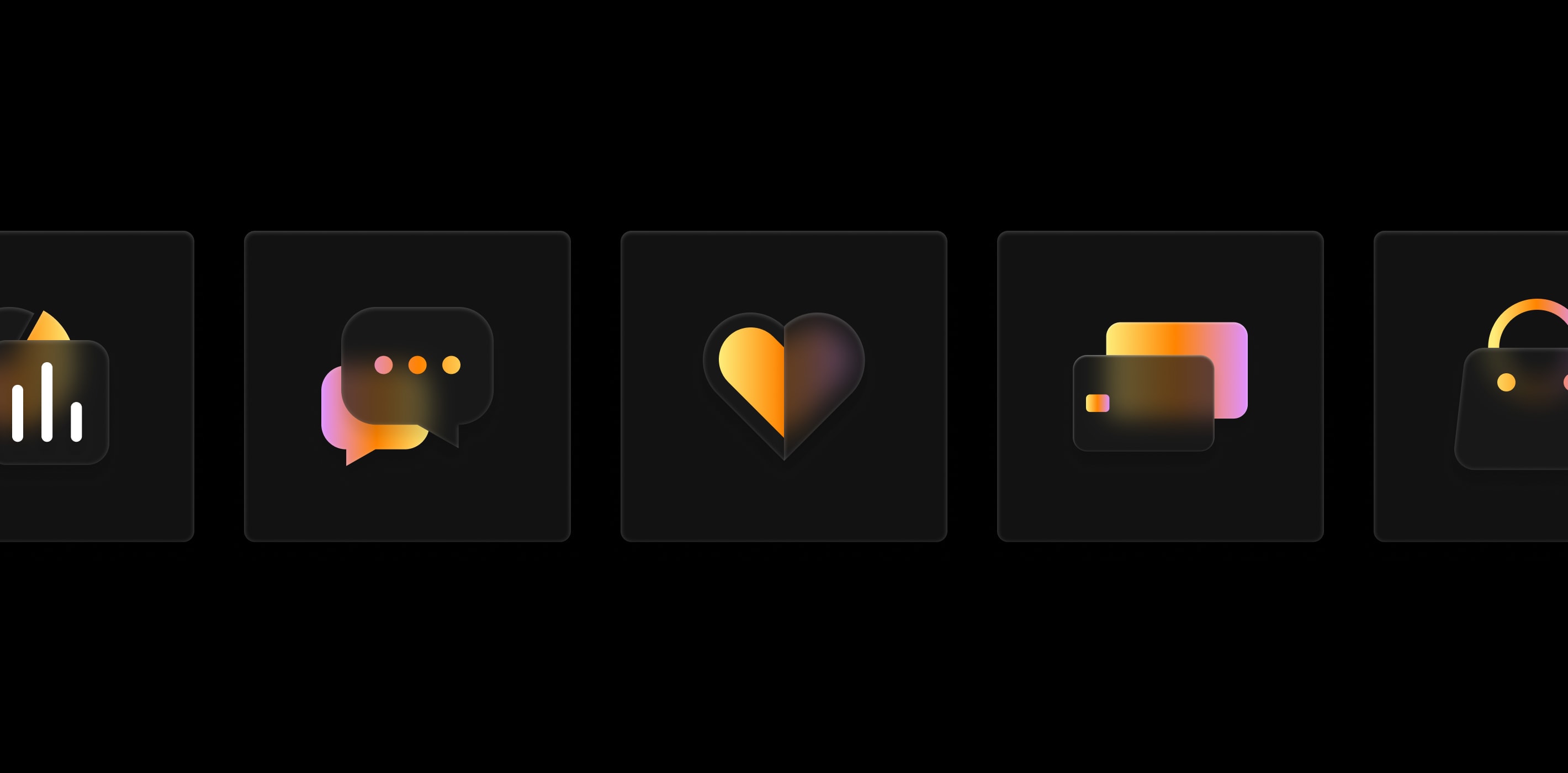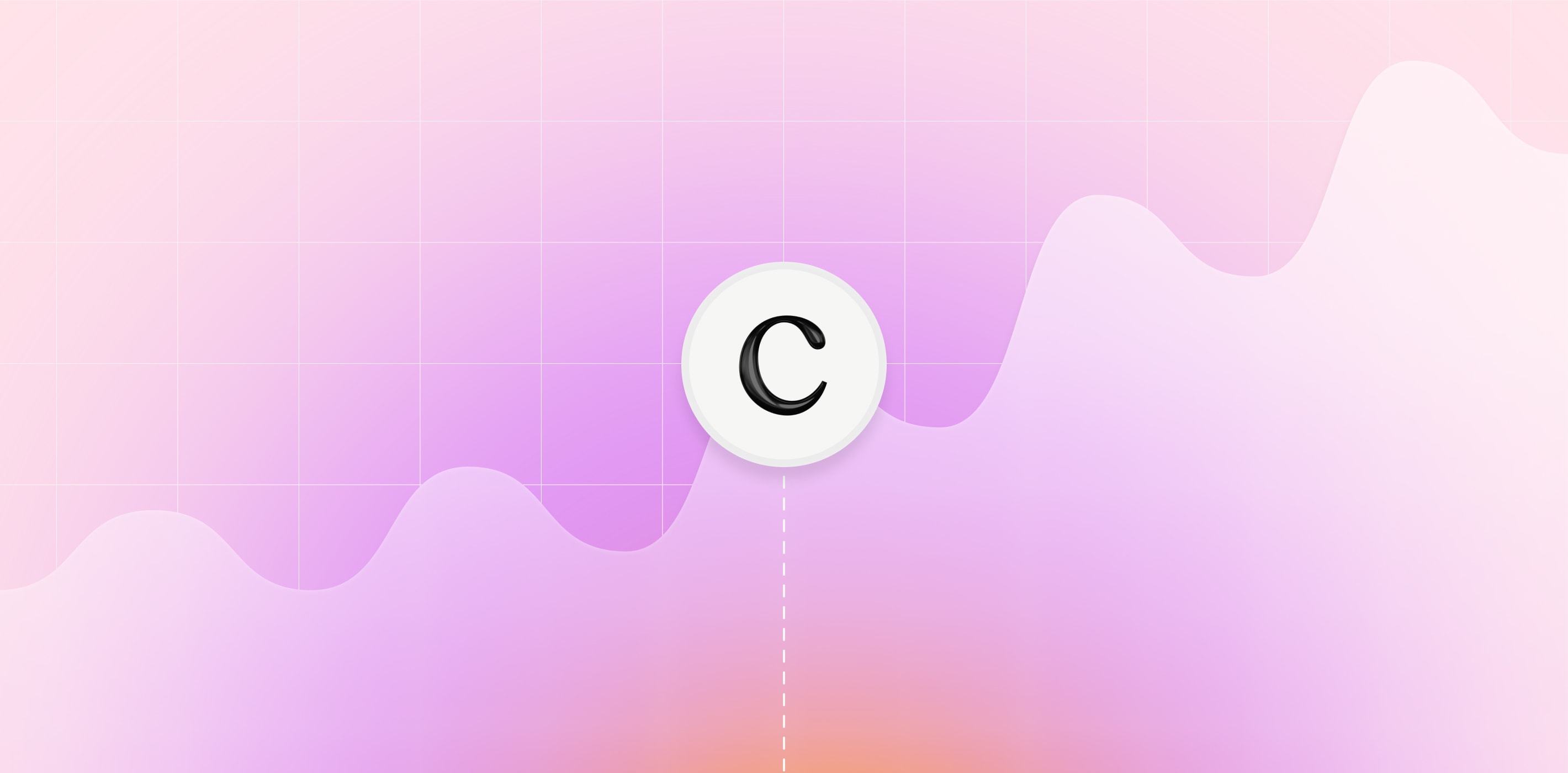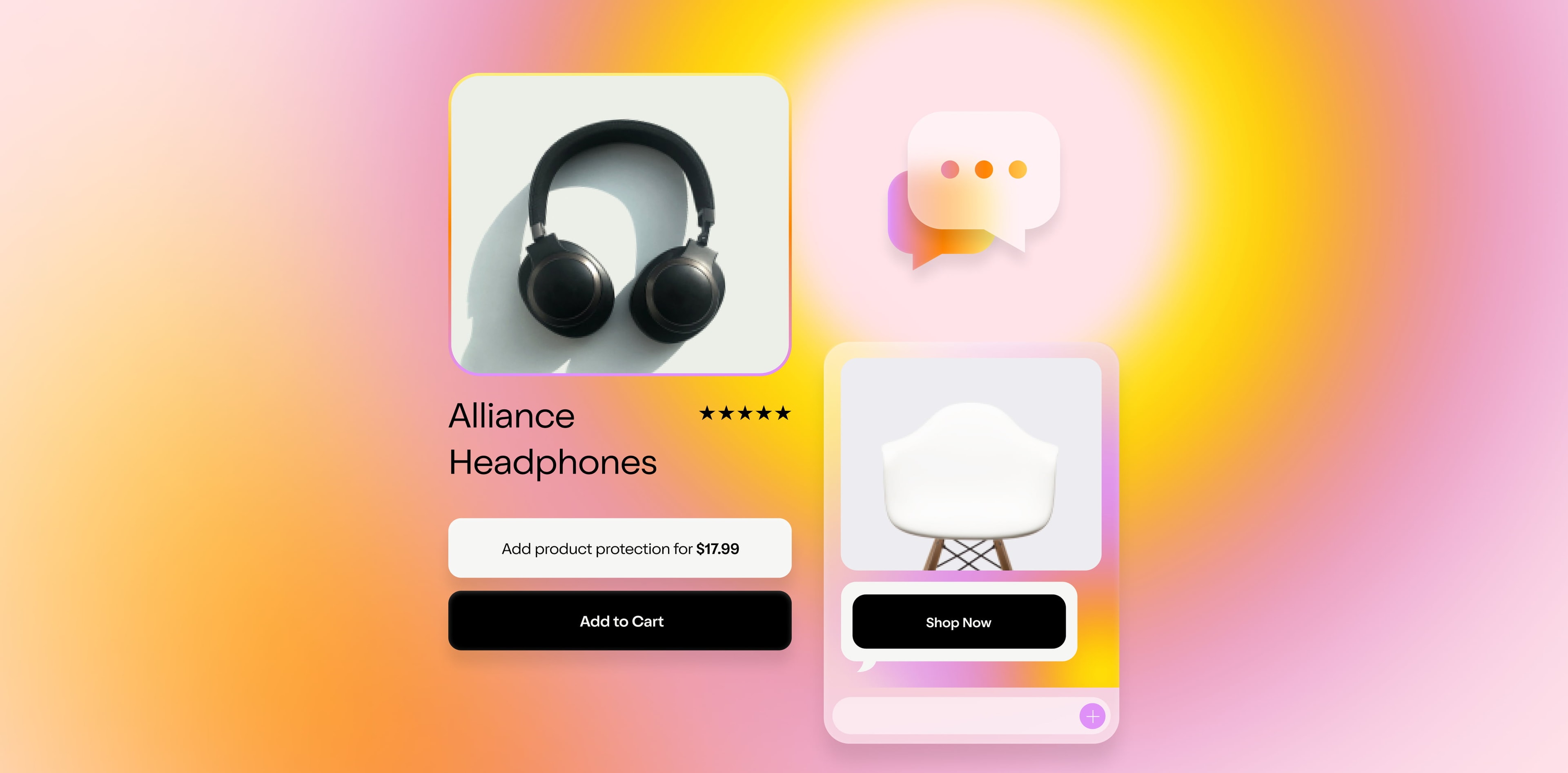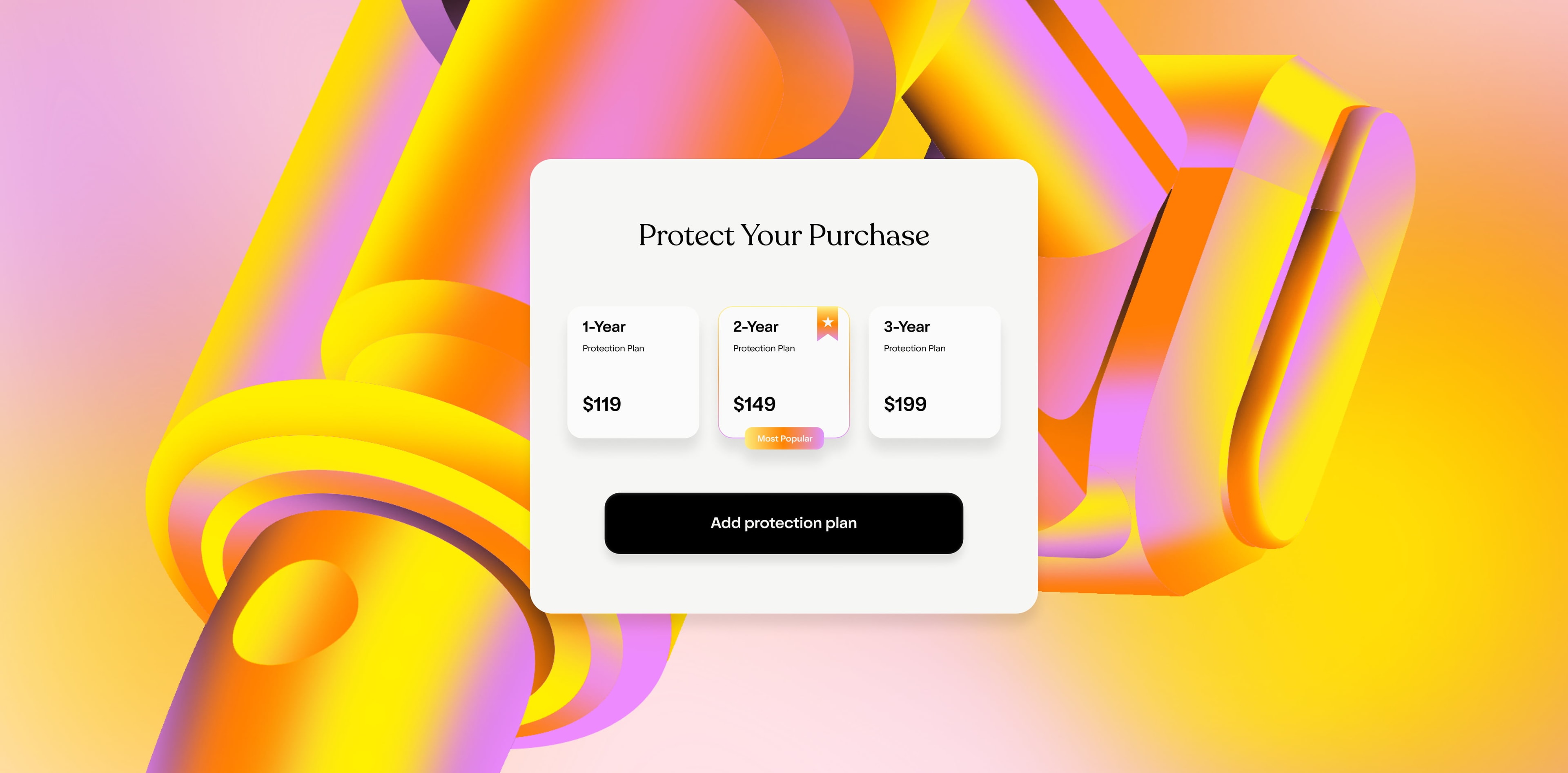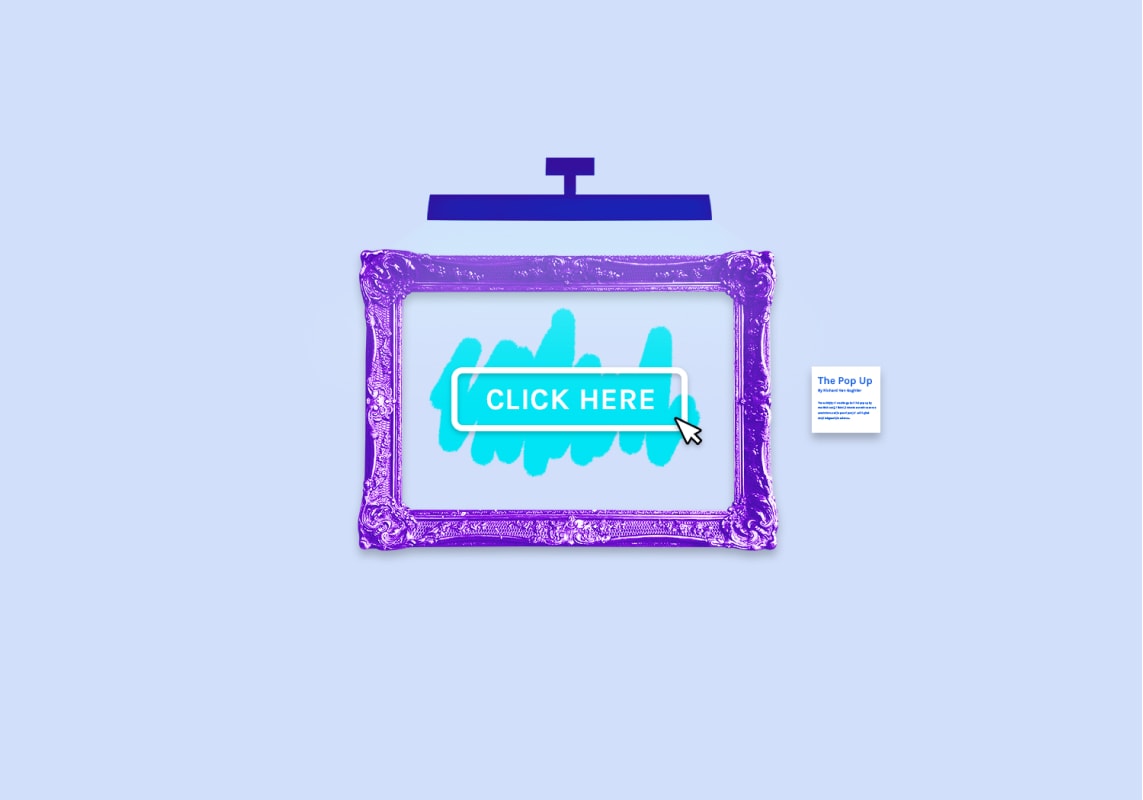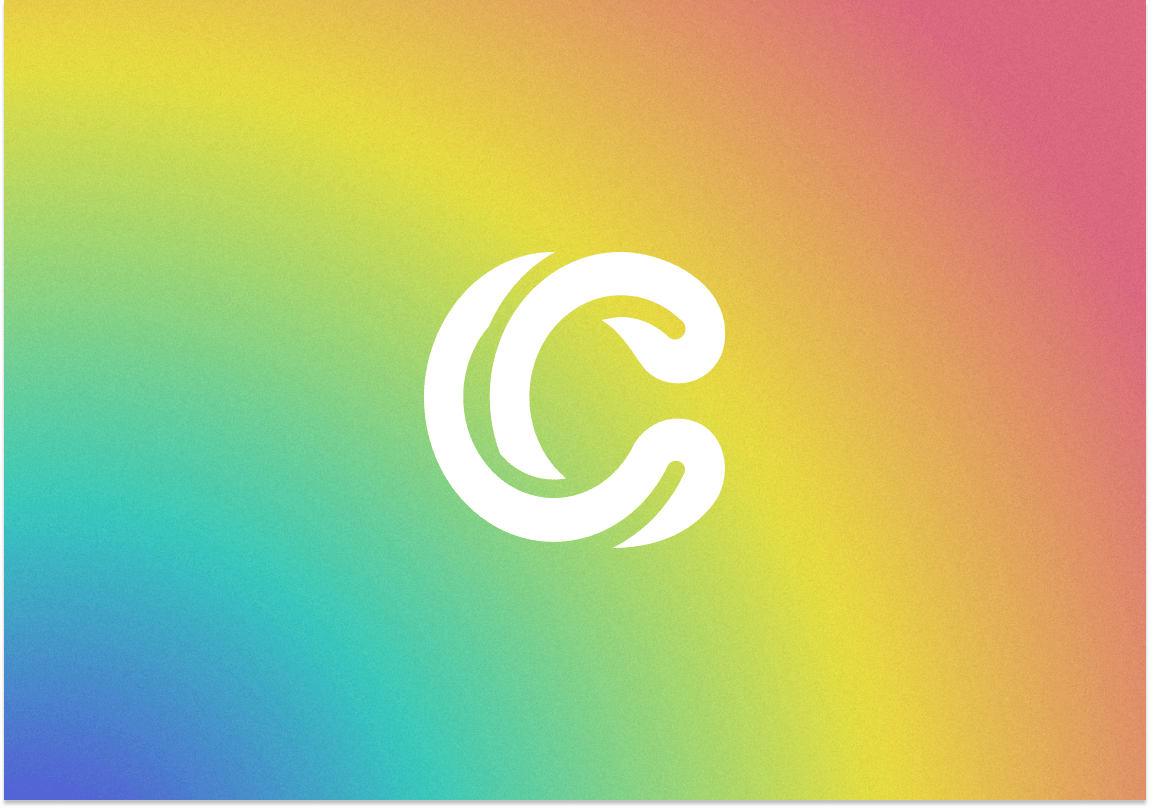eCommerce success relates to brick-and-mortar success the same way that a Gen Z student’s college experience might relate to their parent’s.
Students still need to study, socialize and figure out a way to pay for college, just as their parents did, but the tactics involved couldn't be more different. In a similar way, following a retail-first playbook to pursue eCommerce growth isn’t likely to work.
So, what is the right way to go about it?
Embracing an omnichannel strategy and all of its future-focused marketing avenues.
For our series Growth Reimagined: eComm Strategies That Work, No Lease Required, we interviewed growth experts in different fields, all of whom have seen a surge of demand from eComm companies or have built products and strategies specifically to address those companies’ needs:
The Future of Influencer Marketing Is Here
Meet You at the (Virtual) Mall: An Intro to Social Shopping
Expos and Trade Shows Are Back—We’ll See You There
We first talked about the "death" of permanent retail spaces and how that has created opportunities for exploration and sales growth via pop-ups. In this installment, we’ll focus on how to leverage real-life communities via influencer partnerships to get all of the brand-building success of retail with less overhead, less complexity, and more control.
1. Nano over everything
Rafael Schwarz is convinced that the future of influence is small. Nano, even.
Schwarz, the Managing Director at TERRITORY Influence , Europe’s largest full-service influencer marketing consultancy, explains the different tiers of influencers:
Celebrity:
These are classic influencers—either those who built a following offline (film, tv, music stars) and brought it online, or those who became bonafide celebrities in their own right via social media. With these kind of partnerships, the focus has been on driving awareness at the top of the funnel, says Schwarz.
Micro:
These are smaller accounts with no more than a couple thousand followers, but who enjoy really high engagement (above 10%). Partnerships with microinfluencers is usually focused on driving that highly-engaged audience to purchase or check out a specific brand.
Nano:
These are the accounts you probably haven’t heard of, but might have yourself. They are regular consumers, regular people who don’t consider themselves influencers, but who have a few hundred followers online and a real-life circle of friends, colleagues, and neighbors that they interact with regularly. “If you find a way to activate them at scale, it can really help eCommerce stores to grow, because they add this human element we’re all seeking—the social proof,” says Schwarz. “It’s someone like me, not a celebrity, who believes in the product.”
Schwarz and TERRITORY are most excited about nanoinfluencers because they’re entirely authentic. “You can tap into that power, enthusiasm, and credibility by activating thousands of people at the same time. What they lack in quantity of followers, they make up for it if you activate 10,000,” he says. It’s powerful not just because you have 10,000 people sharing something with their 200 followers, but because they’re likely to share their involvement in real life, too, in coffee chats and phone calls and meetups.
“Normal people discuss products, services, and solutions that help make life easier,” says Schwarz. “They become brand ambassadors in a true sense, and can have a huge impact on sales. That’s where the power of nanoinfluencers lies—credibility and a chance to actually change behavior.” Schwarz and his team track this via algorithms that measure not just customer lifetime value, but customer referral value, or how likely someone is to talk to their friends, share recommendations, and drive sales that way.
It’s an especially novel kind of partnership because you don’t pay nanoinfluencers, explains Schwarz. “You find people who already have a passion for the brand or an expertise in the product category, and you find ways to motivate them intrinsically.” That can be by giving them free product, insider information, opportunities to help others, or other things of value that aren’t cash.
Here’s an example of what nanoinfluencers in action looks like:
Rafael loves football (for our American audience, feel free to sub in “soccer”) and regularly hosts watching parties with his friends, replete with lots of snacks (and posts about them)
A chip brand reaches out to him and asks him if he’d like to join their next ad campaign, and he’s thrilled for the chance to get some free chips and share them with his buddies
He takes a 10-pack of the newest flavor to their next meetup, his friends are happy, and he’s proud to have gotten to participate
“It relies a lot on knowledge, a lot on respect for the person. I want to help them. I want to offer something that’s good for them, and good for their friends,” says Schwarz.
This kind of partnership also gets rid of some of the risk of partnering with major accounts with huge followings. All the due diligence in the world can’t stop an influencer from posting something inappropriate or insensitive and tarnishing your brand—but with 10,000 nanoinfluencers out there, even if a few go rogue, they can get lost in the crowd.
2. Influencer-generated content
The pandemic accelerated the trend towards influencer-generated content, says Schwarz, and now it’s definitely here to stay.
“A lot of marketing departments realized that they couldn’t create any content anymore, and that they needed to open up a second stream of content that is more flexible and agile and decentralized, so that it’s not blocked by those big mega events,” he says. “It’s about evaluating influencers not just for quantity of followers, but autonomy of the content they can produce. I expect a lot of brands to do more collaborations with influencers for content production, and not relying on them so much for content distribution. They will not care so much for organic reach, they want to have that content piece that is novel, that is creative, that is engaging.
3. Influencer marketing goes with everything
“eCommerce brands have realized that influencer marketing is much more than awareness driving,” explains Schwarz. “It really can impact purchasing and can be great for consideration, and conversion. The whole trend of social commerce is going to accelerate that.”
That means that adding influencer marketing to other growth-friendly strategies—be it pop-up shops, live events, and social shopping, all of which we’re covering in this series—can exponentially increase your reach and impact.
You can use their original content for future ad campaigns while also driving awareness and conversions via in-app integrations. “Soon, hopefully, it’ll be possible on every social media platform that if you’re an influencer and you’re posting a brand, people can buy that product or service with a click of a button without leaving the platform,” says Schwarz.
Integrations Schwarz expects to see more of:
Events. “It’s something cool they want to show off to their audience anyways.”
Pop-ups. “Especially for digital brands who want to enable the physical experience if the product can only be bought online. One of the great things I’ve seen like that was a shaving brand that created a traveling barbershop. They invited potential customers and influencers to experience the shave and the experience of a barber at the location they live, and then asked them again to share and talk about that experience online.”
4. Next-gen product placement
Adding a Coca-Cola can to sitcoms’ dinner scenes has been happening for 50+ years. But now it’s not just major brands and top television networks brokering those deals. Influencers are creating productions around their everyday lives, working in ways to showcase products in ways that feel real to their followers.
“If you look at Twitch, most of their partnerships are basically product placements. Streamers are trying to find a way to naturally integrate those products into their livestream, because that’s the only way they can do it, otherwise their audiences will disappear,” says Schwarz, who says he sees the same thing happening with TikTok.
5. Non-human influence
Schwarz is fascinated by virtual influencers, or AI-enabled avatars like Noonoouri, who has 370k+ followers and an IMG Models contract. (She’s also a “proud vegan” despite the fact that she’s fake, made of pixels, and doesn’t eat real food.)
Miquela is another, with over 3M followers, several high-end brand partnerships, and a truly hilarious TikTok about being a robot trying to complete a reCAPTCHA:
“They collaborate with some of the biggest consumer brands in the world,” says Schwarz. “If you’re all about authenticity, like Dove, that might not work very well, but if you’re a Sony or a Tesla...if you’re a high-tech brand and you’re all about innovation, then collaborating with one of these virtual avatars comes very naturally and could make a lot of sense.”
6. Onto niche industries
We asked Schwarz to draw some hyper-specific predictions for areas that will be transformed by the above trends. He did some divination for us and came up with:
Highly regulated industries. From alcohol to pharmaceuticals, Schwarz sees huge untapped potential for marketing via influencers, especially unpaid nanoinfluencers. “They’re not allowed to do much else! They’re super restricted, but it’s the company that’s restricted—it’s not one person,” he says. “It’s a flexible way of telling stories that they wouldn’t be allowed to tell in classical advertising.”
Education. “We’ve all been stuck at home for a year, learning to do things on our own. As consumers, we’d be open and thankful to see somebody take us by the hand and help us find solutions.”
What this means for brands
Whether you’re a high-end camera company ready to book a shoot with a digital avatar or a small furniture company thinking about inviting microinfluencers to a pop-up showroom, there are endless ways to tap into the brand-building, awareness-generating, and sales-driving power of influencers.
And if you haven’t worked with influencers yet—well, there’s no time like the present, is there?
SIGN UP FOR OUR NEWSLETTER

